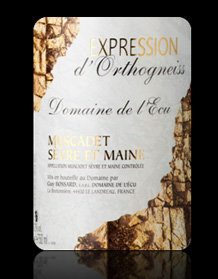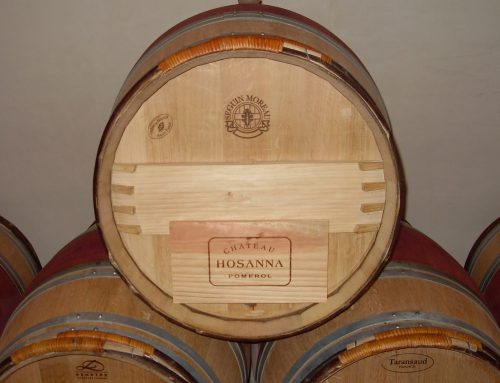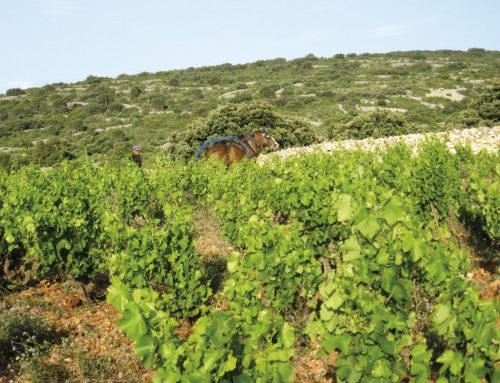Recently, I had a BYOB dinner with a friend who has more than a passing knowledge of wine, but when I opened a bottle of Muscadet he confused it with Moscato. I’m sure he’s not the only one.
At the western corner of France’s Loire Valley, almost on the edge of the Atlantic Ocean, sits the vineyards of Muscadet. If your back was to the ocean and you could hold the region in your hand, Muscadet would open like a Japanese fan spanning west, south and east. This vast area produces its own ocean of wine, but the very best comes from a section called Muscadet de Sevre-et-Maine, named for its two rivers.
The wine is made from a single grape: melon de Bourgogne. As its name states, it originated in Burgundy. White Burgundy is made from chardonnay, not from melon, so that tells you melon is not a distinguished grape. But by aging the wine sur lie- when the wine remains in tanks or barrels on the spent yeast cells following fermentation- Muscadet producers add body, flavor and a touch of carbon dioxide to the wine.
French wine law allows sur lie aging for one year, and it limits Muscadet’s alcoholic content to 12 percent. This rule makes Muscadet the perfect wine with many summer dishes when lightness is a blessing.
I brought the 2009 Domaine de l’Ecu to our BYOB dinner. This Muscadet labeled Orthogeniss is made by the superb producer Guy Bossard, whose vineyards are organic and biodynamic. The 2009 Domaine de l’Ecu retails for about $18.
But the following first-rate Muscadets are all from the Sevre-et-Maine sub-appellation and aged sur lie.
Jo Landron, who owns the organic and biodynamic Domaine de la Louvetrie, makes Le Fief du Breil, which comes from a single plot. The wine has a pronounced white flower aroma and a mouthful of ripe fruit with soft acidity. It is delicious and the polar opposite of Muscadet’s DNA of tart lemony flavor and sea salt aroma.
The 2010 Domaine de la Louvetrie Le Fief du Breil retails for approximately $18.
Marc Olivier is the passionate owner and winemaker of Domaine de la Pepiere. Olivier created the domaine in 1984 after inheriting various vineyards. He bottles a number of cuvees, as each vineyard has its own characteristic, and a general muscadet, which I had two weeks ago.
The 2010 Domaine de la Pepiere billows with classic muscadet aromas of sea salt, lemon, lime and thyme. The initial palate impression is a bowl of ripe passion fruit, but that develops an added layer of pear, which, in kaleidoscope fashion, expands into a lime-flavored finish. Muscadet is rarely this complex. And this is only Olivier’s entry level wine!
I savored every drop with a sautéed pork chop coated with a mustard, cornichon and green olive sauce. The 2010 Domaine de la Pepiere Muscadet Sevre-et-Maine retails for about $14.
Oh, and about Moscato? I’ll save that for a column on Italian wines.








Leave A Comment